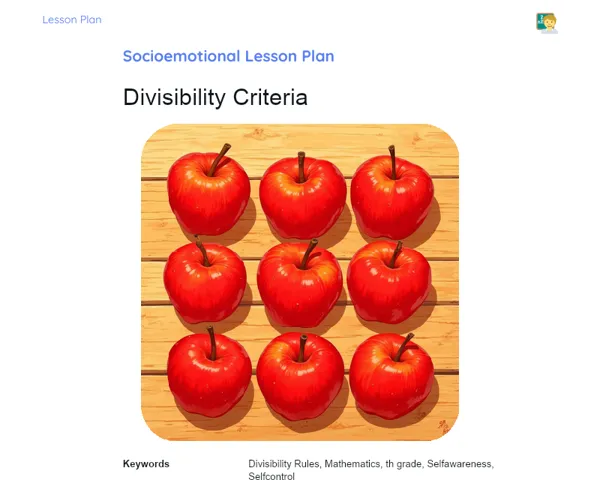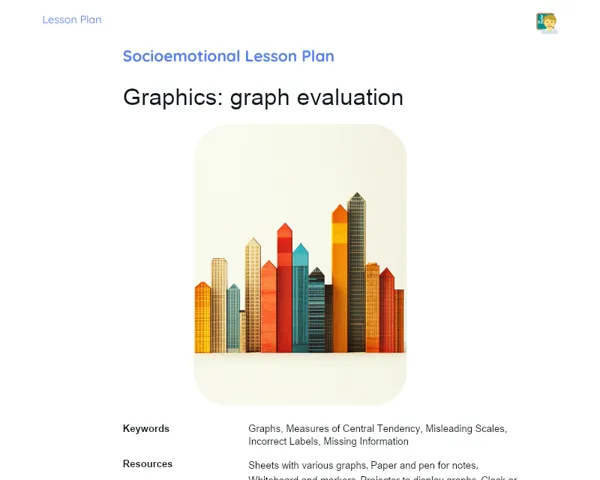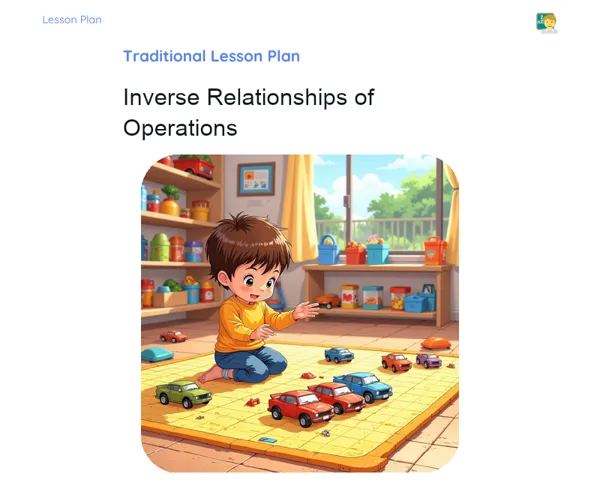Lesson Plan | Lesson Plan Tradisional | Decimal System
| Keywords | Decimal System, Rational Numbers, Reading Decimal Numbers, Writing Decimal Numbers, Position of Digits, Positional Value, Comparison of Decimal Numbers, Practical Applications, Concrete Examples, Practical Exercises, Everyday Relevance, Grade 6 Mathematics |
| Resources | Whiteboard and markers, Projector and computer for slide shows, Slides with explanations and examples, Printed worksheets for exercises, Pencil and eraser, Notebook for observations, Ruler for measurements (if required) |
Objectives
Duration: (10 - 15 minutes)
This phase aims to introduce learners to the decimal system, focusing on the key skills to be developed throughout the lesson. Students will learn how to correctly read and write decimal numbers and grasp the positional value of each digit within a number. This foundation is important for learners to understand what lies ahead and stay focused on crucial aspects of the content.
Objectives Utama:
1. Students will be able to read and write finite decimal representations of rational numbers accurately.
2. Students will understand how to identify and differentiate the digits based on their names and positions, like in the number 100, where the 1 represents the hundreds place.
Introduction
Duration: (10 - 15 minutes)
This phase introduces students to the concept of the decimal system, underscoring the skills they will be honing in the lesson, which includes accurately reading and writing decimal numbers and understanding the positional value of each digit.
Did you know?
Did you know? The Decimal System has origins in ancient India, developed by mathematicians centuries ago and later spreading around the world through trade and cultural exchanges. Today, it stands as the most widely used numbering system globally, playing a vital role in fields like science, technology, trade, and the organisation of modern society.
Contextualization
To kick off the lesson on the Decimal System, explain to the students that the system we commonly use for counting and calculations is called the 'Decimal System'. This numbering system relies on 10 different symbols, which are our digits from 0 to 9. It's important to point out that we encounter this system in our daily lives, whether dealing with money, measurements, or counting items. Clarify that the position of each digit in a number determines its value, which will be explored in-depth during the lesson.
Concepts
Duration: (40 - 50 minutes)
The goal of this phase is to deepen students' understanding of the Decimal System, enabling them to read, write, and compare decimal numbers comprehensively. Through specific topics and live exercises, learners will solidify the concepts introduced and find ways to apply them in everyday situations.
Relevant Topics
1. Understanding the Decimal System: Define the Decimal System as a numbering framework using 10 symbols (the digits 0 through 9). Elaborate on how each digit's position within a number affects its value, multiplied by the corresponding power of 10.
2. Positions and Values: Illustrate how each digit's position in a decimal number indicates a unique value (units, tens, hundreds, etc.). Use examples with both whole and decimal numbers, stressing the significance of the decimal point.
3. Reading and Writing Decimal Numbers: Guide students on how to accurately read and write decimal numbers. Provide examples like 3.75 (three whole and seventy-five hundredths) and demonstrate how to convert between fractions and decimals.
4. Comparing Decimal Numbers: Explain the procedure to compare decimal numbers, emphasizing the need to evaluate each decimal place from left to right, and include examples and hands-on exercises.
5. Practical Applications of the Decimal System: Share real-life examples where the Decimal System is used, such as in financial transactions, measurements, and scientific calculations, highlighting the importance of precision.
To Reinforce Learning
1. What is the decimal number that represents three whole and seventy-five hundredths?
2. What is the positional value of the digit 7 in the number 572.38?
3. Which is larger: the decimal numbers 5.67 or 5.678?
Feedback
Duration: (15 - 20 minutes)
This stage is focused on reviewing and consolidating the knowledge gained by students throughout the lesson. By discussing the answers to posed questions, students can clarify doubts and fortify the concepts learned. The questions and reflections also serve to engage students, encouraging them to apply their Decimal System knowledge to practical scenarios and appreciate its relevance in their everyday lives.
Diskusi Concepts
1. 📖 Question 1: What is the decimal number that represents three whole and seventy-five hundredths?
Explanation: Three wholes equate to the number 3. The seventy-five hundredths can be expressed as 0.75. Therefore, the complete decimal number is 3.75. 2. 📖 Question 2: What is the positional value of the digit 7 in the number 572.38?
Explanation: In 572.38, the digit 7 occupies the tens position, meaning its positional value is 70 (7 x 10). 3. 📖 Question 3: Compare the decimal numbers 5.67 and 5.678. Which one is larger?
Explanation: To determine which decimal number is larger, analyze the places from left to right. Both begin with 5 in the units place and 6 in the tenths place. In the hundredths place, both have a 7. However, in the thousandths place, the first number has no digit (equivalent to 0), while the second has an 8. Thus, 5.678 is the larger number.
Engaging Students
1. 📝 Question: Why is it vital to understand the position of digits in the Decimal System? 2. 📝 Question: In what ways does the Decimal System simplify our everyday life? Can you provide some examples? 3. 📝 Reflection: Consider situations in your daily life where you utilise decimal numbers. How do you verify your calculations? 4. 📝 Reflection: Why is it crucial to accurately compare decimal numbers? How could this impact practical matters such as budgeting or measurements?
Conclusion
Duration: (10 - 15 minutes)
This concluding phase aims to summarise and reinforce the key points covered in the lesson, ensuring students possess a clear and complete understanding of the content. Additionally, it highlights the connection between theory and practice while emphasizing the importance of the Decimal System in a variety of everyday contexts, preparing students for future endeavours.
Summary
['The Decimal System consists of 10 symbols, ranging from 0 to 9.', 'The position of each digit within a number defines its positional value.', 'Decimal numbers can be accurately read and written by comprehending the position and value of each digit.', 'When comparing decimal numbers, it is essential to evaluate each decimal place from left to right.', 'The Decimal System is integral to our daily lives, impacting areas such as finance, measurements, and scientific tasks.']
Connection
This lesson bridged the theory of the Decimal System with practical application by providing concrete examples and hands-on exercises in reading, writing, and comparing decimal numbers. This demonstrated how theoretical concepts manifest in real life, such as during financial transactions and precision in measurements.
Theme Relevance
Grasping the Decimal System is essential for daily tasks, as it plays a role in various activities, from buying goods to taking measurements. The ability to read, write, and accurately compare decimal numbers is a vital skill that aids in making informed decisions and carrying out precise calculations.



